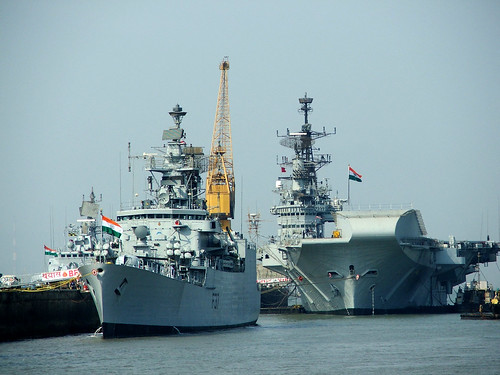
Last month, the Center for Security Studies (CSS) hosted an evening talk on Emerging India – A New Actor on the Global Stage? In the following podcast, we talk to one of the presenters at the event, the German Institute for International and Security Affairs’ (SWP) Christian Wagner. While Wagner agrees that India has become an undeniably important actor on the international stage, he also doubts that it will become a great power any time soon. That’s because New Delhi lacks the long-term vision and capabilities it needs to elevate its international profile at this time.
For additional materials on this topic please see:
Internal Security Trends in 2013 and a Prognosis
Abe’s Visit to India: The Strategic Implications
Chinese Navy in Eastern Indian Ocean: Implications for Delhi and Jakarta
For more information on issues and events that shape our world please visit the ISN’s Weekly Dossiers and Security Watch.




